When it comes to wine, there is a vast array of options available, each with its own distinct flavors and characteristics. Among these choices, white and rosé wines stand out as two popular varieties that differ significantly in taste, production methods, and even cultural associations.
While both wines are produced from grapes, their unique processes result in divergent hues, aromas, and flavor profiles. From the crisp and refreshing notes of a chilled white wine to the vibrant and fruity characteristics of a delicate rosé, exploring the differences between these two types of wine promises an exciting journey into the world of viticulture.
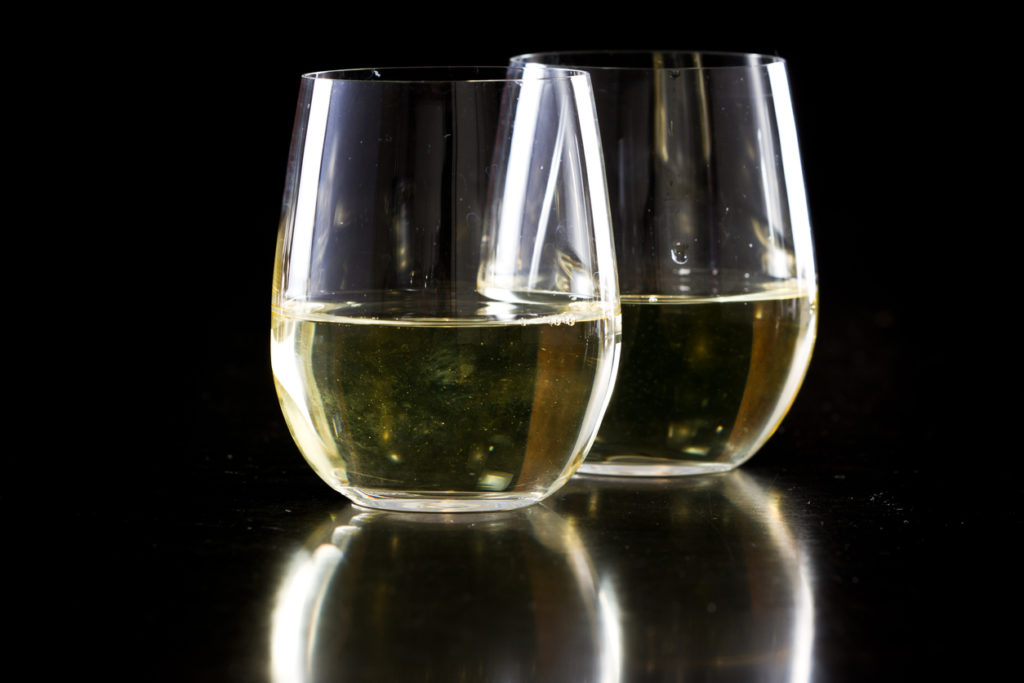
Understanding White Wine
Understanding white wines goes beyond just sipping them; it involves appreciating the intricate process of their production. Unlike red wines, white wines are made from grapes with minimal contact between the juice and grape skins. This distinct characteristic gives white wines their clear and pale color. It allows the true essence of the grape varietal to shine through.
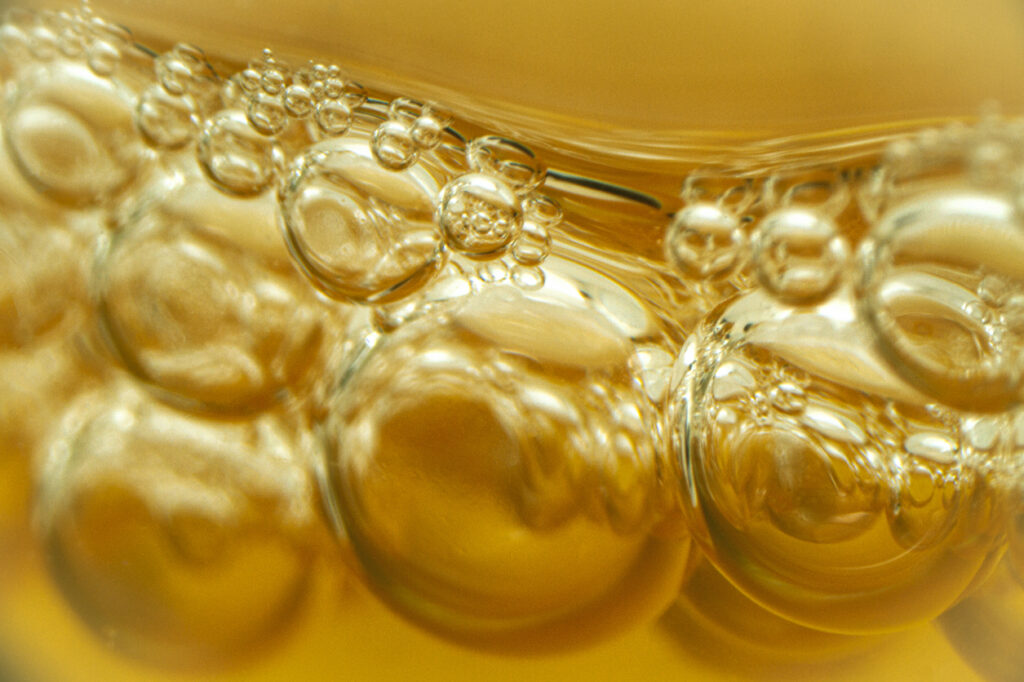
The limited use of grape skins in white wine production offers winemakers greater control over the final product’s flavor profile. By minimizing contact with the skin, they can regulate tannin levels and reduce bitterness. It results in a lighter-bodied wine with a crisp and refreshing taste. Understanding this aspect allows us to appreciate how talented winemakers artfully manipulate every step of the production process to ensure a delightful sensory experience.

Exploring different varietals within this category can provide exciting new perspectives on white wines. From aromatic whites like Sauvignon Blanc to rich and buttery Chardonnays, there is a vast array of flavors waiting to be discovered. By delving into various styles and regions, one can truly grasp the diversity that exists within the world of white wine. It showcases its complexity while maintaining its elegance. So let’s raise a glass and toast to exploring these captivating whites that continue to captivate our palates!
Understanding Rosé Wine
The production of rosé wines is a fascinating process that sets them apart from other varieties. Unlike red wines, where the grape skins are left in contact with the juice during fermentation to extract deep color, rosés have minimal skin contact. This intentional choice gives them their characteristic pale pink hue and lighter body.

The limited skin contact also affects the flavors and aromas of rosé wines. The shorter time spent with the grape skins means less tannin is extracted. This results in a smoother and more delicate taste profile. The fruit flavors such as strawberry, watermelon, and raspberry shine through effortlessly, making them perfect for warm weather enjoyment.
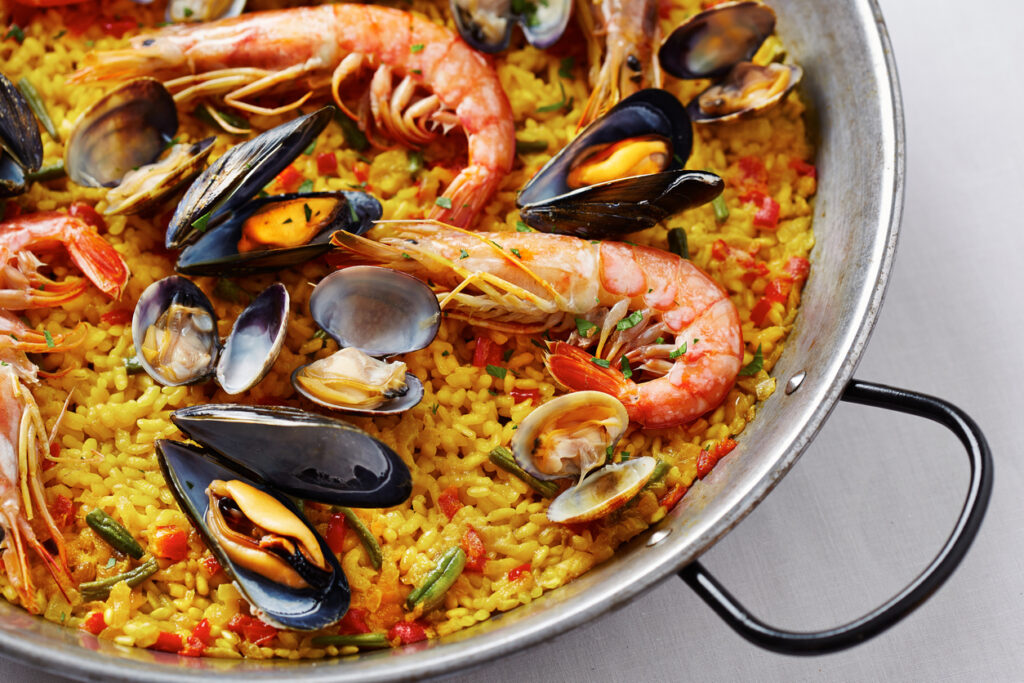
One intriguing aspect about rosé wines is their incredible versatility when it comes to food pairing. While they are often associated with summer fare like grilled seafood or salads, they can be paired with much more than that. The lightness and refreshing acidity of a well-chilled glass of Rosé can beautifully complement dishes like roast chicken or creamy pasta dishes too. Don’t limit yourself to just one season or one type of cuisine – let your palate explore the possibilities!
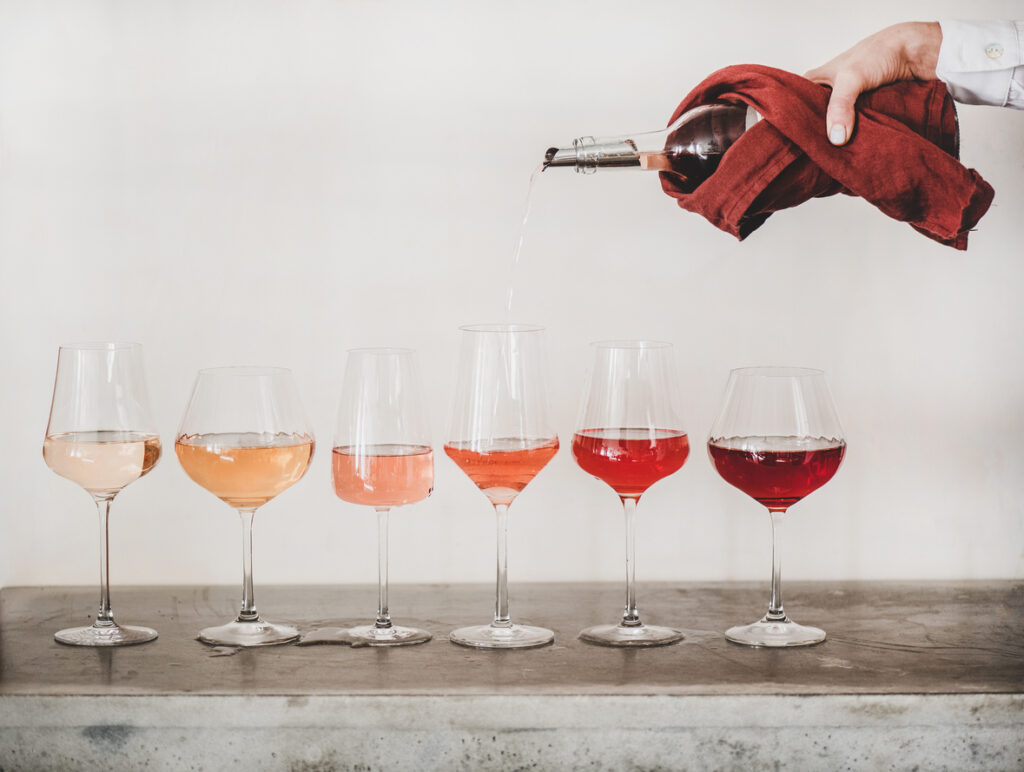
Overall, understanding rosé wines requires appreciating their unique production methods. Taking time to discover their diverse range of flavors and pairing options is essential. Whether enjoyed on a sunny patio or at an elegant dinner table, these delightful pink elixirs promise an experience unlike any other wine variety out there. So go ahead, sip away into the world of whimsical Rosé!
Understanding Orange Wine
Orange wines, often referred to as skin-contact or amber wines, have been gaining popularity in recent years. Orange wines are made from white grapes. Unlike white wines, orange wines are made by leaving grape skins in contact with the juice during the fermentation process. This extended maceration period allows for more flavor and texture to be extracted from the skins. This results in a wine that has a distinct orange hue and unique characteristics.

What makes orange wines particularly intriguing is their versatility when it comes to food pairing. While red wines are typically matched with meat dishes and whites with seafood or lighter fare, orange wines have the ability to bridge that gap. The tannins and structure obtained from the grape skins give these wines enough complexity to stand up against heartier dishes. They also possess enough acidity to complement seafood and fresh vegetables. This flexibility opens up a whole new world of options for chefs and wine enthusiasts alike.
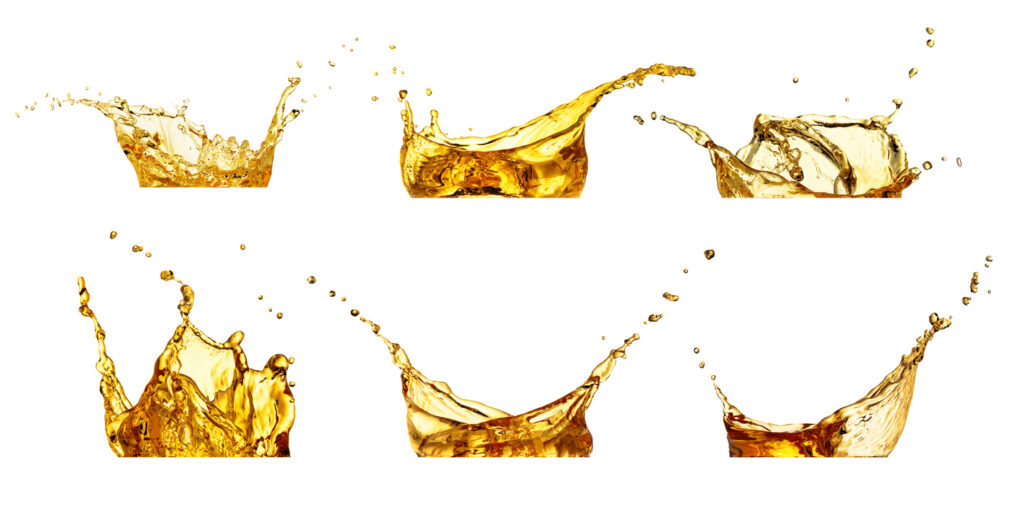
One might wonder why orange wine has only recently gained attention despite being produced for thousands of years. The truth is that these styles of winemaking fell out of favor as advancements in winemaking technology made it easier to produce crisp white wines with minimal skin contact. However, as interest grows among consumers seeking natural and artisanal products, traditional winemaking techniques like those used in producing orange wine have undergone a revival. Now is the perfect time to explore this ancient method turned contemporary trend and discover its captivating flavors firsthand.
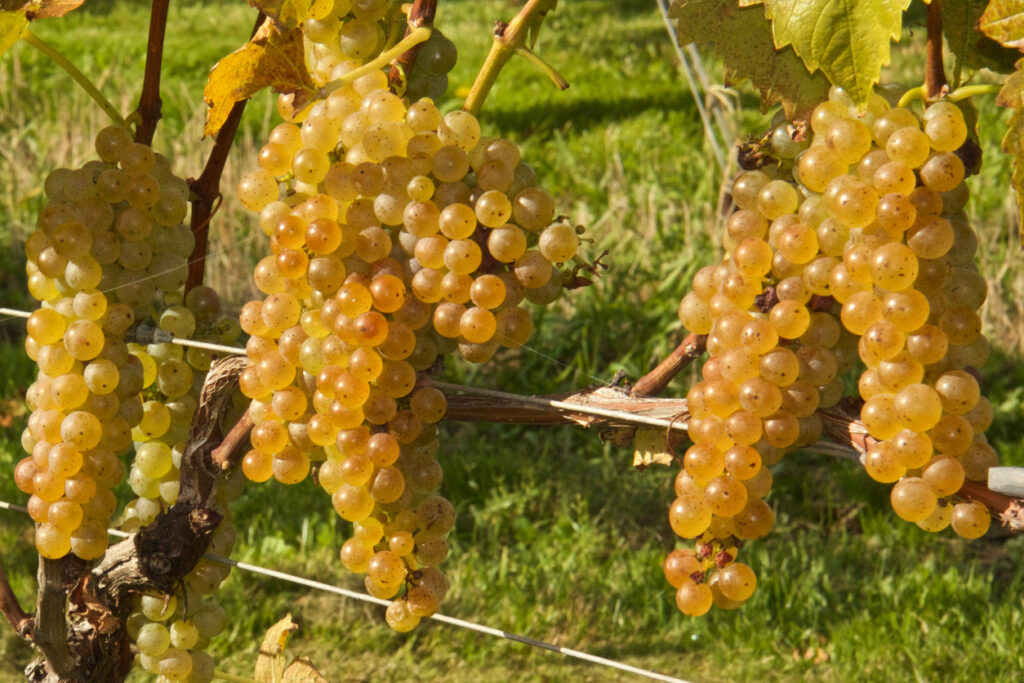
Differences between White and Rosé Wines
White wines and rosé wines may both come from grapes, but their production processes differ significantly. While white wines are typically made by quickly pressing the juice out of the grape skins and fermenting it alone, rosé wines are created when the grape skins stay in contact with the juice for a shorter period. This brief maceration allows the wine to take on a pale pink hue and infuse delicate flavors from the skins without becoming too tannic. In contrast, white wines tend to have a lighter body and crisper acidity due to their minimal skin contact.

The key distinction between white wines and rosés lies in their grape skin involvement during fermentation. White wines have no skin contact, resulting in a more transparent appearance, ranging from pale yellow to golden hues. These lighter colors often suggest that they are meant to be consumed within a few years of release. Some whites age beautifully and develop complex flavors over time. On the other hand, rosés showcase an array of shades like salmon pink or coral red due to limited exposure to grape skins during fermentation. Their vibrant colors make them visually appealing while hinting at refreshing notes such as berries or citrus.
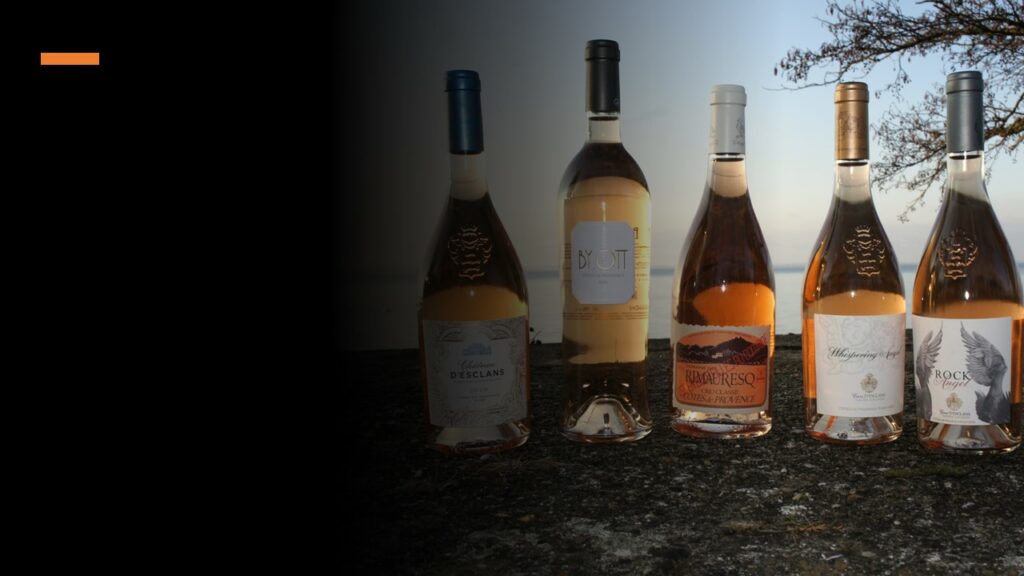
Both white wines and rosés offer unique flavor profiles that can enhance various culinary experiences. However, it is essential not to dismiss one over another based solely on personal preferences or preconceived notions about wine color. Instead, exploring different styles within each category can open up new horizons for wine lovers.
Food pairing of White Wines and Rosé Wines
White wines and rosé wines have a wide range of flavors that can be perfectly paired with various types of food. When it comes to white wines, the crisp and refreshing notes make them an ideal companion for seafood dishes such as grilled shrimp or pan-seared scallops. One interesting pairing to explore is a citrus-forward Sauvignon Blanc with tangy ceviche. The acidity of the wine complements the bright flavors of lime and cilantro in the dish. Another delightful option is a Chardonnay with creamy pasta dishes like fettuccine Alfredo. The rich texture of both the wine and the dish create a harmonious balance.
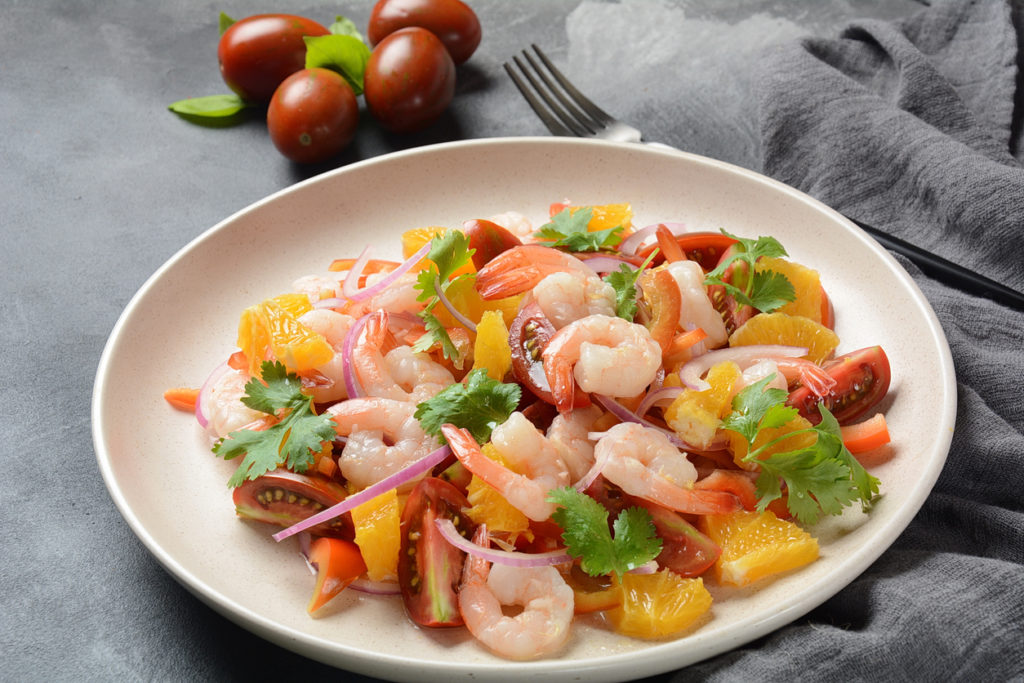
Rosé wines, on the other hand, offer versatility in their flavor profiles. They range from light and dry to fruity and semi-sweet. The delicate character of a Provence-style rosé pairs wonderfully with lighter fare such as summer salads or grilled vegetables. For a more adventurous combination, try matching a dry sparkling rosé with spicy Asian cuisine. The bubbles help cut through richness while enhancing tropical flavors. Additionally, many rosés are excellent choices for cheese platters; their acidity amplifies creamy textures while their fruitiness highlights savory nuances.
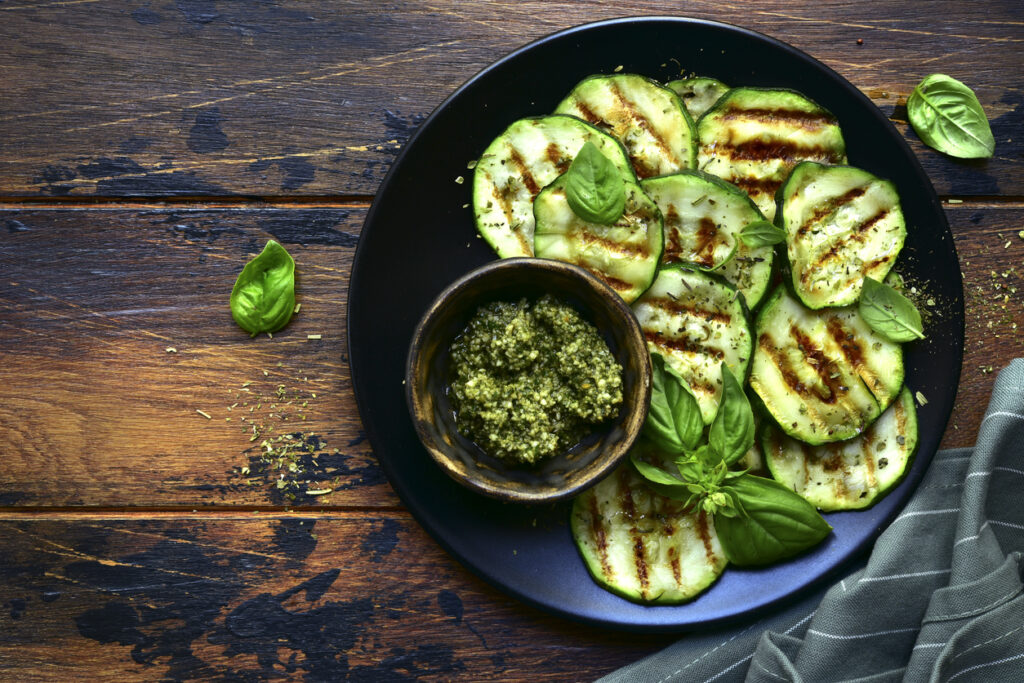
Switching up your wine pairings from traditional reds can open up exciting possibilities for your taste buds. Exploring different combinations will not only enhance your dining experience but also provide fresh perspectives on how flavors interact in harmony when it comes to white and rosé wines.
How to serve white wines and rosé wines
When it comes to serving white wines, there are a few key factors to consider in order to unlock their full potential. One important aspect is temperature. While many people automatically refrigerate all white wines, this isn’t always the best approach. Lighter whites, such as Sauvignon Blanc or Pinot Grigio, benefit from being served at a slightly cooler temperature of around 45-50°F (7-10°C). On the other hand, more full-bodied whites like Chardonnay can be served slightly warmer at 50-55°F (10-13°C). This enhances their aromas and flavors.

Now let’s move on to rosé wines. These summertime favorites often get overlooked in terms of serving recommendations. They deserve just as much attention as any other wine style. When it comes to serving rosé, it’s all about striking the right balance between chilled and warm temperatures. Aim for a relatively cool temperature of around 45-50°F (7-10°C). It will allow the refreshing and fruity qualities of the wine to shine through while also showcasing its delicate aromas. However, avoid going below 40°F (4°C). This can mute the flavors and make the wine appear less expressive on the palate.

In conclusion, whether you’re serving white or rosé wines, finding that optimal temperature range plays a crucial role in bringing out their best characteristics. Experiment with different temperatures and see how they impact your enjoyment of each wine variety.
Conclusion
In conclusion, the debate between white wines and rose wines ultimately comes down to personal preference. Both types of wine offer unique flavors and characteristics that can enhance any dining experience. White wines are known for their crispness, acidity, and versatility. This makes them a popular choice for pairing with a variety of dishes. On the other hand, rose wines provide a refreshing and fruity profile that can be enjoyed on its own or alongside lighter fare. Whether you prefer the elegance of a white wine or the vibrancy of a rose wine, both options have something to offer to wine enthusiasts. So why not explore both varieties and discover your own favorite? Cheers!

